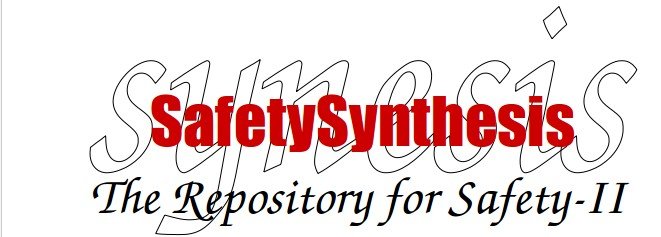(c) Erik Hollnagel, 2020
Is Safety an emergent phenomenon?
The ongoing change from linear to non-linear thinking - which also has been characterised as a transition from the age of simplicity to the age of complexity - has unsurprisingly created some confusion, not least about how to use "new" terms such as coupling, emergence, complexity, and the like.
One example of that is the statement that "safety is an emergent property in (sic!) a complex adaptive system". There are (at least) two reasons why this statement is incorrect.
- The first reason is that safety, regardless of whether it is understood as Safety-I or Safety-II, denotes a type of situation or state rather than a property. The American national Standards Institute, for instance, defines safety as "the freedom from unacceptable risk". But this "freedom" is the characteristic of a state or set of states that the number of unacceptable outomes is as small as (economically) possible, rather than a propery of an underlying system - be it simple or complex.
- Even if safety was a property, or even if we for the sake of argument accepted that the outcome - the "freedom from unacceptable risk" - was a property rather than a state, it would be resultant rather than emergent. It would be resultant because it would be the intended consequence of deliberate efforts to prevent unacceptable outcomes from happening (in Safety-I; a parallel argument can be made for Safety-II).
In most cases, the statement that "safety is an emergent property" actually means the opposite, namely that the lack of safety - accidents, incidents, and other forms of adverse outcomes - is emergent. But the lack of safety is only emergent in the sense that we cannot produce a satisfactory explanation of why it happens - at least not as long as we remain with linear causality. And it is anyway the outcome that is called emergent, and not a mysterious system property called "safety".
Safety is NOT emergent!
(c) Erik Hollnagel, October 31 2015.
